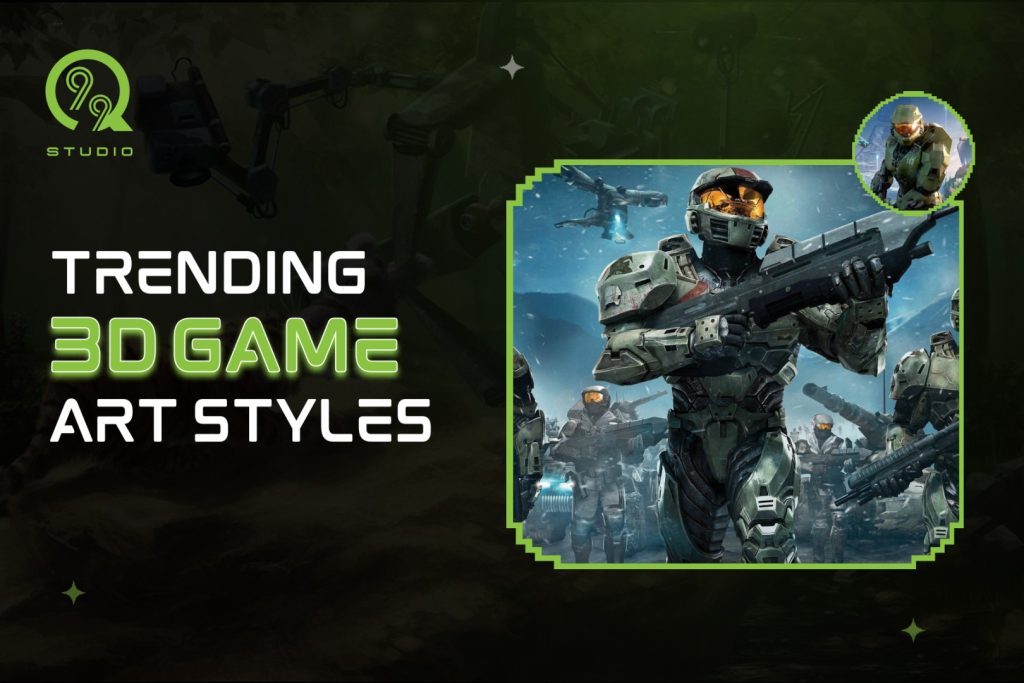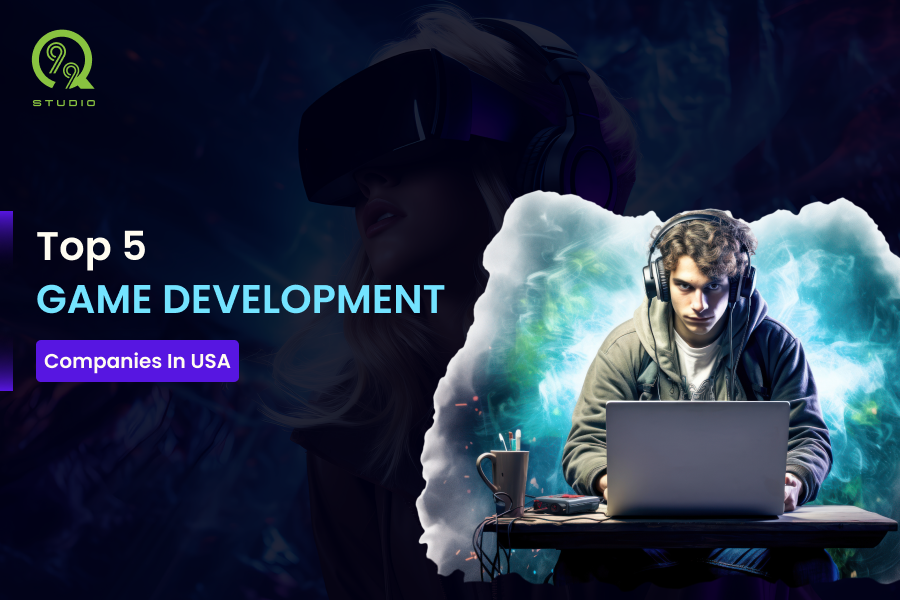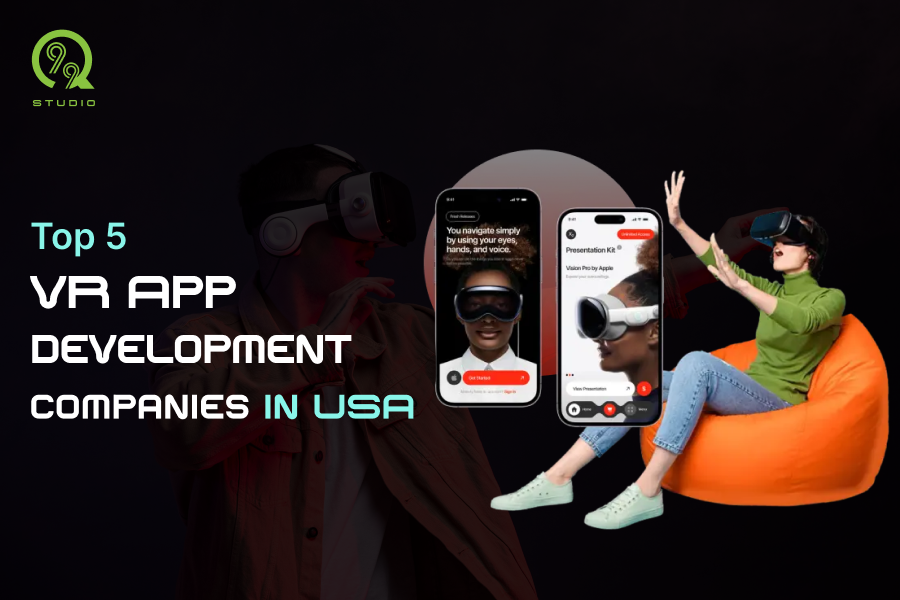The fast-paced gaming sector continues changing. This equally applies to 3D Game Art Styles. Due to evolving technologies, the developers navigate to create immersive, visually stunning worlds. 3D Art Styles for games are becoming a hot trend in 2025. Let’s explore 5 trends in shaping the future of 3D game art and desiging.
The Most Trending 3D Game Art Styles of 2025
Here are the best trends in 3D art styles for games for the year 2025.
1. Hyper-Realistic Graphics
Hyper-realistic graphics make gaming appear almost real. High-capability GPUs, ray tracing, and AI-powered rendering allow developers to produce a realistic environment and even lifelike characters. Games such as The Last of Us Part II and Cyberpunk 2077 set the standard so high. More studios will necessarily adapt this style to make it look real.
Why It’s Trending:
- Increased player immersion.
- Makes gameplay feel like a movie one can truly interact with.
- Advanced AI reduces the time required for making high-quality assets.
Limitations:
- Takes a lot of resources and high-end hardware.
- The cost is very high for smaller studios.
2. Low-Poly & Minimalist Aesthetics
Low-poly models are usually geometric shapes with proper flat colors. Simple and clean while still performing smoothly. This style is widely adopted by indie games because it is cheap but fresh.
Why It Is Now Trending:
- Works on mobile and devices with lower processing powers.
- Creation is easier and faster compared to hyper-realistic graphics.
- Games like Journey and Firewatch have shown that minimalism can be beautiful.
Limitations:
- With the limited detail it provides, character animation becomes expressive.
- Needs strong lighting and shaders to create depth and appeal.
3. Cel-Shaded & Comic Book Style
This cel-shading makes the game look like it has crayon-like touches. It makes a game outside more or less feel like making a part of the animated film or comic book. Games that are popular among fans because of the cel-shading are Borderlands and The Legend of Zelda: Breath of the Wild.
Why It’s Trending:
- Eye-catching and vibrant.
- Requires far fewer textures compared with the realistic style.
- Perfect for epic adventure fantasy and anime-styled games.
Difficulties:
- Needs balance between simplicity and detailing.
- Good shading techniques need to be well executed to prevent the object from looking flat.
4. Voxel-Based Art Style
Voxel art is made out of blocks, cube-like structures, just like Minecraft. It was great for creative and flexible world-building. It is lightweight, so feasible in both indie and grand-scale games.
Reasons It Is Trending:
- Simple yet visually appealing.
- A perfects candidate for sandbox-.simulation games.
- Works exceptionally well with procedural generation, hence making it a great candidate for open-world designs.
Challenges:
- So many games are going this route that there is a saturation risk.
- It takes innovative mechanics to stand out against the competition.
5. Photorealistic Stylization (Hybrid Approach)
This technique breathes a hybrid spirit—a beautiful blend of realism with artistic flourishes. Such games as Horizon Zero Dawn and the most recent remake of Final Fantasy VII apply this type of treatment to exhibit their worlds as breathtaking and imaginative at once.
Why It Is Trending:
- Finds a balance between realism and artistic creativity.
- Opens up avenues for unique designs in fantasy and sci-fi.
- Allows for much artistic freedom as compared to total realism.
Challenges:
- Consistent execution requires veteran artists.
- Depending on the details, it is expensive in terms of resources.
Final Thoughts
It is a diverse and exciting future for 3D Game Art Styles. Every trend presents different opportunities for game developers and a 3d game art studio. The expansion of technology and the innovative evolution of art will ensure that these styles shape the gaming experiences of the future.







 B - 433-442, Money Plant High Street, Near Ganesh Glory, Jagatpur Road, S.G. Highway, Ahmedabad - 382470.
B - 433-442, Money Plant High Street, Near Ganesh Glory, Jagatpur Road, S.G. Highway, Ahmedabad - 382470.
 11006 Kirker Ln, Richmond, TX 77407, USA
11006 Kirker Ln, Richmond, TX 77407, USA



